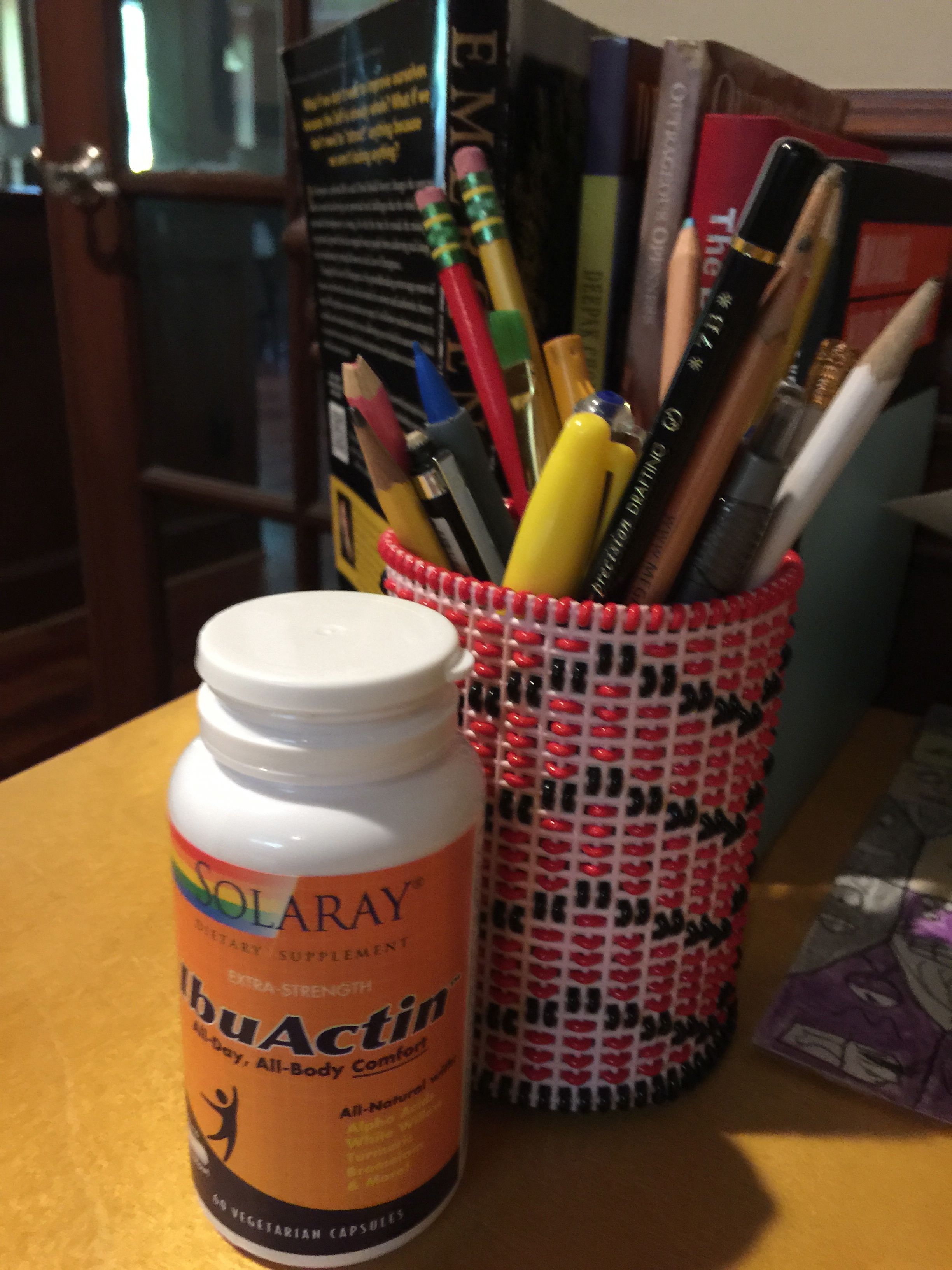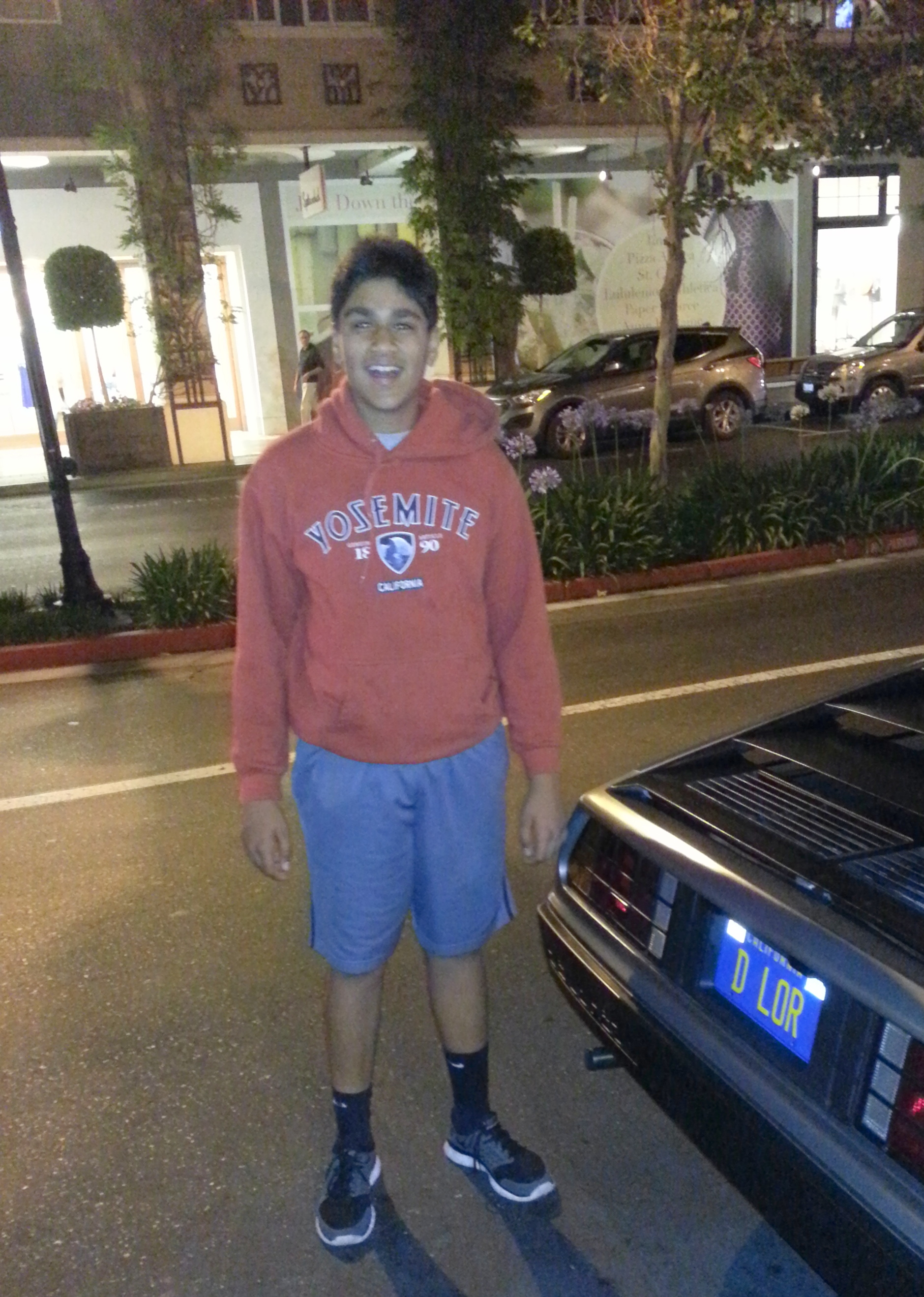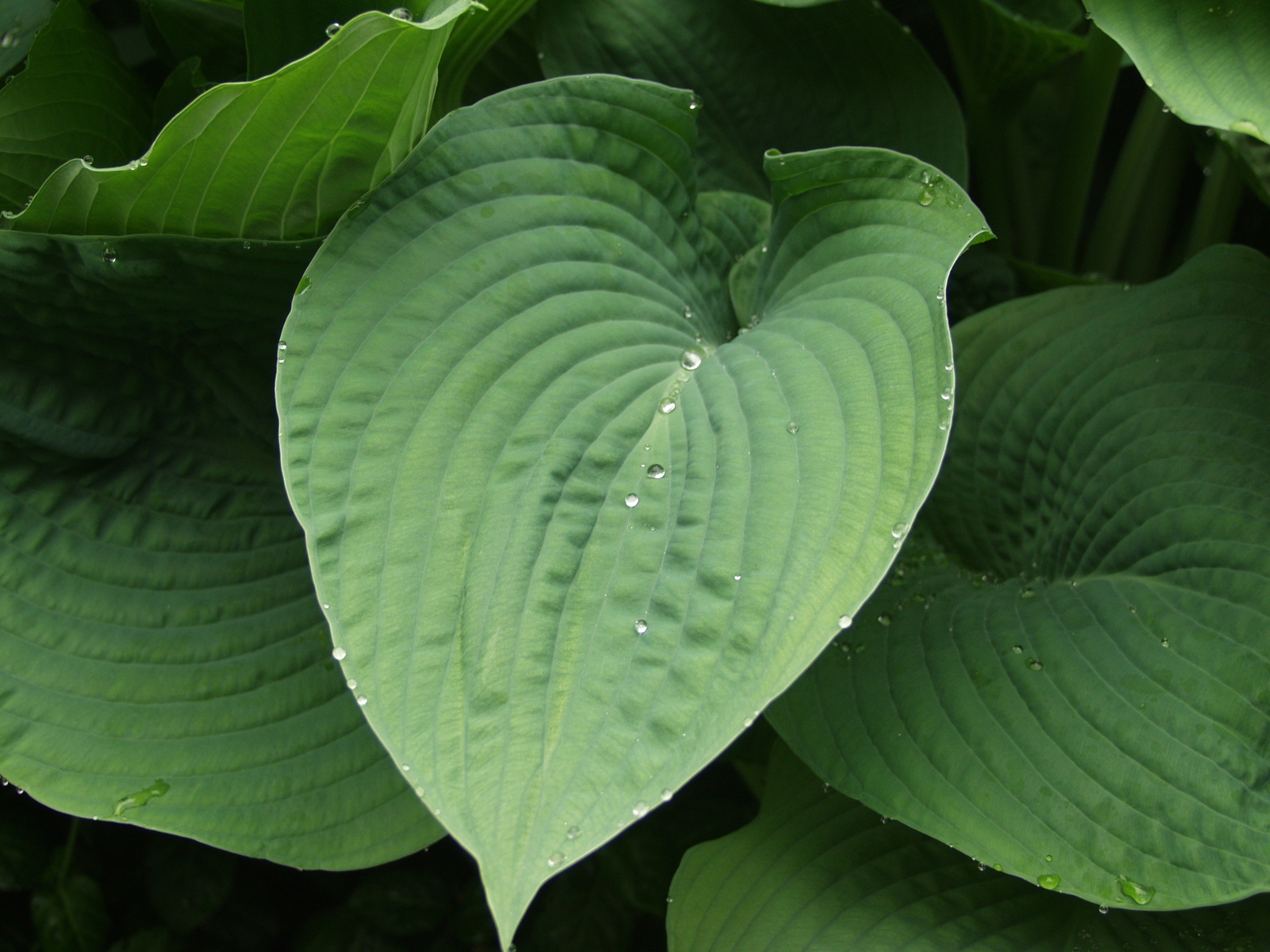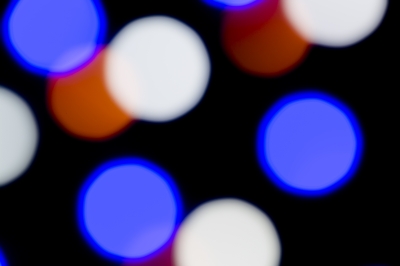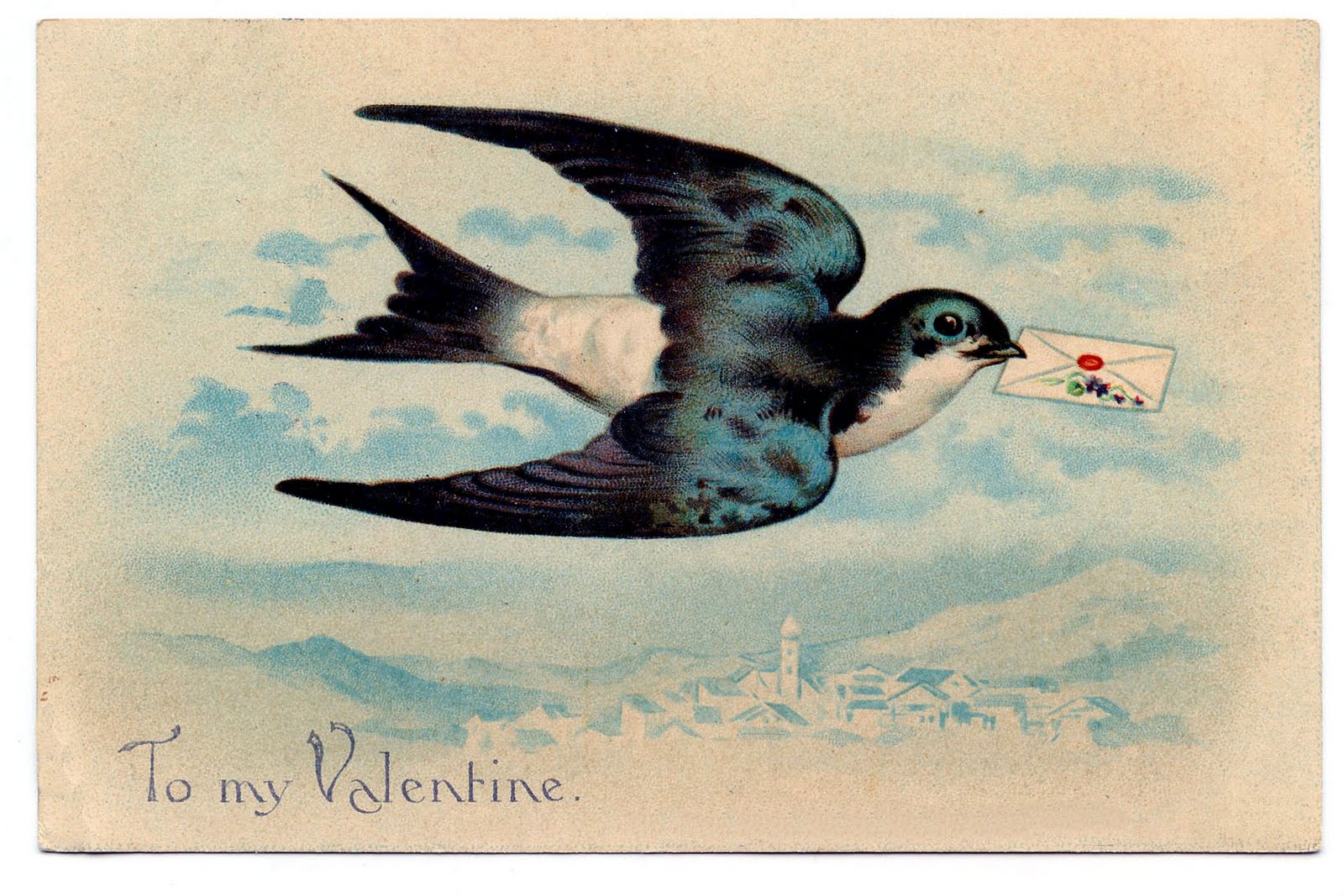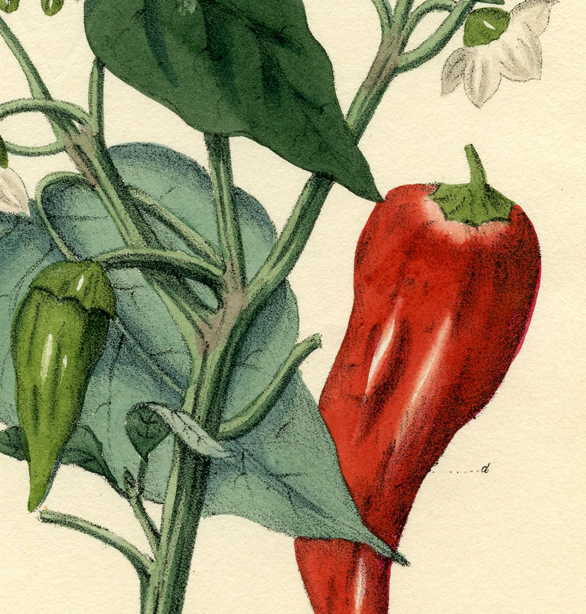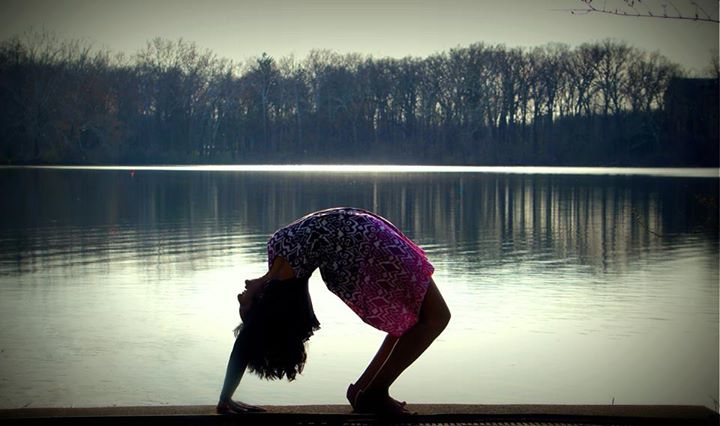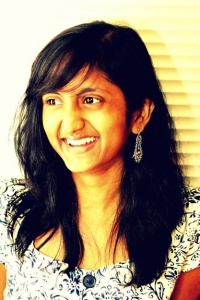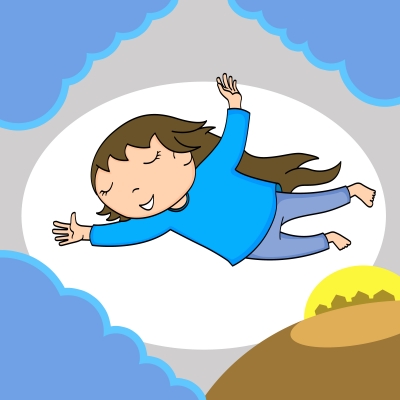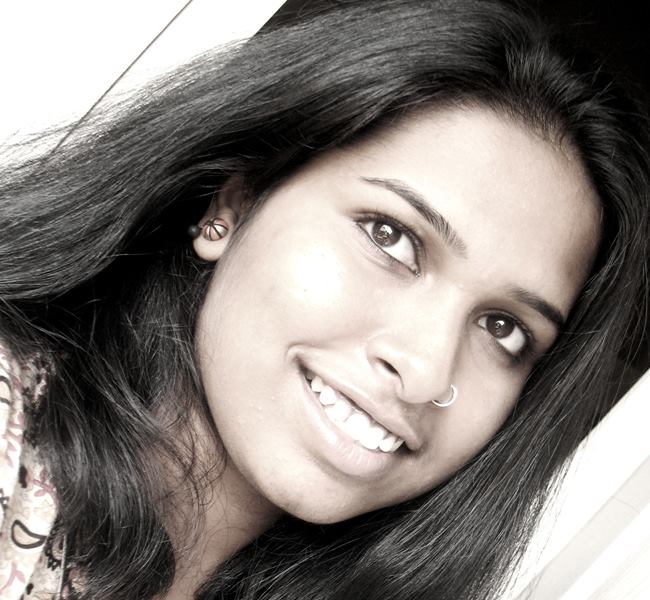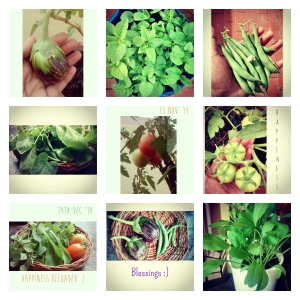Today”s Friday Five guest writer is Archana Verma. A food educator, chef extraordinaire, classical music student and practitioner, Archana is an astonishingly kind, loving and enthusiastic person and we are all in for a treat today. Her stream of consciousness is poignant, courageous, reflective, introspective and delicious. It will make you cry, wonder, engage in a deep conversation with yourself and want to, become a better person. It will also make you want to run to your kitchen and cook, as she has generously shared two wholesome and wonderful recipes here. Thank you so much, Archana!
Remember (Holding On; Letting Go)
A small voice from somewhere inside of me has been asking me this since the start of this year. Lately, I have been making frequent conversations with it. For 43 years, I had paid only occasional attention to this voice. I had the liberty to ignore this constant companion of mine. I had my younger sister for all my conversation needs – in times of joy, sorrow, despair, curiosity, celebration, anxiety, family gossip and anything else. Then, in 2014, she was gone. Just like that. 48 hours after I had spoken to her. Without warning. The muscle memory of picking up the phone while unloading the dishwasher had to be let go. The memory of our goofy, hysterical laughs had to be held on to. I grieved without knowing how to. I stayed stoic, without trying to. I thanked her for a wonderful soul friendship while being mad at her for suddenly deserting me. I cleaned her closet rejoicing in the memory of our shopping sprees together; I scolded her for forgetting to tell me when she had bought the beautiful red and black dress. I packed her beautiful clothes away in a suitcase for her 10 year old daughter to use them in future perhaps; I wanted to have all those clothes for myself as the last tangible memory and smells of her. How does one learn what to hold on to and what to let go? I want to hold on to the denial that death hasn’t visited my family seven months ago. I want to let go of the stark reality of its certainty.
And then, Time steps in. Patiently, relentlessly. Time makes a day turn into a week then into a month. Time loosens my grip on the denial and hands me the reins of memories to hold on to. Instead of picking up the phone I walk up to a picture frame. And I am taking tentative steps towards this new friend inside of me who says to me every day with wonder, ““yeh kahaan aa gaye hum, yunhi saath saath chalte”(How far have we come, just walking side by side). Waiting for me to let go and hold on.
Reevaluate (Responsibility; Rescue)
I want to help. I want to be useful. I mediate conflicts between adults. I cook feasts for family, friends, fundraisers and the homeless. I donate money to every cause that I am made aware of. I volunteer for hours every week. I spend large sums of money travelling across oceans to visit family. I even donate an organ or two at a mere hint of suggestion. Why do I do that? Is it responsibility or is my fear driven ego trying to rescue the world? Why do I feel responsible to respond to every call for help? Do I feel guilty of my abundance or am I afraid to feel value-less? Am I responsible or am I stoking my ego by becoming a self appointed rescuer? Am I shying away from the responsibility towards myself by losing myself in rescuing the world. After all, my rescue or ruin can be tangible and possibly quantifiable but whether or not I rescue the world can neither be quantified nor has to be tangible. Am I taking the easy route out? I panic. I take responsibility for myself. I try to rescue myself. I take meditation and yoga classes. I go on silence retreats. I seek healers and I read about spirituality like a thirsty traveler in the desert. I take music lessons. Everything brings relief; many times tears of relief and gratitude. Then the dementers return. I am always running scared that time is running out and I have failed. I binge watch Downton Abbey. I binge watch every romantic chick flick on Netflix. I love the numbness of a still mind while watching something on a screen. I also love the numbness of a still mind too busy in frantically catching up with the looming deadline of every volunteering responsibility I have taken on. I call for truce. I am told all I need to do is learn to breathe. Just breathe.
Can I rescue myself by taking the responsibility of just breathing for 30 minutes a day just for myself ?
References (Connecting people; Connecting the dots)
One day I woke up and a little voice said to me, “you are a switchboard operator”. I love people. I remember everyone’s birthday. I hang out with people from all walks of life. Humans attract me with their warmth, their achievements, their beauty, their wit, their generosity; their confidence; their vulnerability; proximity of their kids’ ages to my kids’ ages; online slots their love for food; their quest for spirituality; their book club; their creative gifts; their desire to make the world a better place. Someone asks me a question about something. A bulb lights up inside me shining on the name of a person who can answer their question. I connect the two. Someone needs a packet of medicine from India, a bulb lights up inside me shining on the name of the person who is about to travel from India to USA two days later. Someone is trying to move to USA and is looking for a job. The switchboard gets lit up. I contact someone in Nordstrom, someone in a school district, someone in Microsoft, someone in Starbucks. The resume is forwarded to a dozen places. A young family moves into my city. They are looking for good schools for their kids. I get a call on my switchboard. Someone has connected them to me. I am repeating – for the two hundredth time – list of all the good schools in the greater Seattle area. Someone gives me a cold call from Singapore and tell me they found my name and phone number online. That they are moving with their young family to Seattle and they are nervous. I receive them at the airport with a meal and take them to their apartment.
Is this my vocation? To operate the switchboard of humanity? Is that why I am collecting all the data I can on every possible human experience as fast as I can? Is that why I keep jumping from experience to experience? Experiences of exceling, failing, parenting; getting depressed, coming out of depression; learning yoga; Learning to meditate; going out partying; traveling the world; reading like a parched person drinking water; watching TED talks; getting lost in Facebook; sharing every heartwarming and heart wrenching story. I am collecting dots of knowledge and experience. I am collecting people in my life. Is it enough vocation to connect people and connect the dots I have collected?
Replenish (Seva , Sadhana, Satsang – Service, Spiritual practice, uplifting company)
Seva , Sadhana and Satsang are the three pillars cited for a fulfilling and joyful life. Seva replenishes the community. Sadhana replenishes the self and Satsang replenishes both the self and the community. These three have a few things in common. They all require building muscle memory. Each one of these is a choice. Each one has to be owned and practiced by oneself. It cannot be done for someone else or by someone else. The Universe constantly does our seva by providing us with incredible resources. We all know that there is no free lunch. So it is safe to say that there is no free seva. If the Universe is doing seva for us then we probably owe some seva too. Seva can be offered through body, spirit and money. Just like our neighbor cannot eat our food for us, or brush our teeth for us, our neighbor cannot do seva for us. Each one of us is capable of seva via a kind word, donation of physical time, talents and donation of money. We don’t owe seva to anyone. We owe seva to ourselves. Just like our neighbor owes seva to themselves. And neither of us can pass on the buck to the other. A compelling treatise on one kind of seva(donation of money) can be found in the book , The Life You Can Save by Peter Singer.
A spiritual practice can be of any form of connecting to the self beyond the physical existence and bodily functions. Yoga and meditation are two of the most commonly cited modes of doing daily Sadhana. There is a saying about meditation. It goes like this. Meditate every day for 30 minutes. On the days you are very busy, meditate for an hour. This counterintuitive truism holds true not just for a person but for the whole community. We have to focus on replenishing both ourselves and our community regularly. We all understand that a car cannot drive without fuel no matter how much the driver wills it to move. But we constantly forget this truth about our bodies as well as the natural and manmade resources. It is fascinating that no matter how fussy a toddler is, their parent insists on feeding them some bare minimum food because a body cannot stay hungry. But the same parent, keeps insisting that they cannot meditate; won’t meditate. Even when they have heard that meditation is essential for their wellbeing. They forget that feeding a child daily(no matter how unsuccessfully) builds the muscle memory of eating at regular intervals. Good eating habits don’t build instantly. Meditation is no different. One doesn’t become a meditator in one day. One doesn’t run a 5K or a half marathon in one try. One has to commit to training slowly, steadily, regularly. The muscle memory and endurance builds up slowly and then a 5K or a marathon seems effortless. Meditation is no different. The only difference between mediation and any physical endeavor is that in a physical endeavor one has to have a goal, one has to do something and one has to exert oneself physically. On the other hand the key to successful mediation is to remind oneself of three things: I want nothing. I do nothing. I am nothing. Just these three reminders and then just let oneself exist like a tree or a leaf or a flower. Just be. Just for a few minutes every day.
Satsang( uplifting company) is perhaps the hardest of these three endeavors. What company and family one interacts with are often dictated by circumstances beyond one’s physical control. One has to make an effort to glance in the rear view mirror of life and make a decision on whether the company they keep is uplifting them or not. My personal path to finding satsang was windy and foggy. At first the winds were exhilarating and the fog was alluring. Till the chill set in, freezing my voice and the feet – from repeatedly going into my mouth – became too painful. Now the winds don”t chill me because I have cocooned myself with a jacket of observing. My litmus test for satsang is how I feel after being in company. If there is no urge for postmortem, no evaluation and berating of self or others after being in company then that was satsang. If I am joyous and loud and a full participant in satsang and dont feel guilty or nervous or get knots in my stomach afterwards, then I am in satsang.
Recipes (learning, sharing, improvising)
There is one thing that replenishes me and resonates with me every day. That one thing is food. Thoughts of food; dreams of food; reading about food; planning for food. I read cookbooks as novels. I am overjoyed at the prospect of visiting a favorite restaurant. I feel like I go into meditation when I cook for others. I feel I am extremely lucky to have been born in India that has incredible depth and breadth of culinary creations and then to have moved to US where food from all over the world is available in abundance. Food was my savior when I quit an unfulfilling but very lucrative career. A career for which I had worked very hard for more than 17 years from Kindergarten through Master’s degree. Once I quit working, I plunged headlong into cooking. I spent years recreating all the foods of my food rich childhood. Cooking saved me on my darkest days. And some of my most creative outlets have been through reverse engineering and envisioning recipes. I will share here two recipes that came to me unbidden. Taste of a food that I love is the closest I have been to Nirvana. And having tasted that, I want more of Nirvana, all the time.
Paneer Tikka
- 1 lb paneer cut into cubes or 2 inch rectangles
- 2 tablespoon olive oil or vegetable oil
- 2 tablespoon lemon or lime juice
- 1 tablespoon Tandoori Masala*
- 2 teaspoon grated ginger
- 1 teaspoon crushed garlic
- 1 teaspoon salt or to taste
Preheat oven to 450F In a medium size mixing bowl, make a marinade of all the ingredients except Paneer. Mix well. Then add paneer and gently all paneer pieces with the marinade. Let sit for 30 minutes to 1 hour. Place in a single layer on a baking sheet. Place the baking sheet in the oven for 5 minutes. Take out the paneer and serve hot immediately. Or make Paneer Kathi Roll by spreading spicy cilantro-mint chutney on a flatbread, adding a few pieces of paneer tikka, sliced onions, sliced bell pepper and folding into a roll. (*In absence of Tandoori Masala – mix 1 teaspoon ground cumin, ½ teaspoon turmeric, 1 teaspoon garam masala(or curry powder), 1 teaspoon smoked paprika)
Roasted Chickpeas, Almonds and Cranberries Party Mix
- 1 can garbanzo beans(chickpeas) rinsed and drained in a colander
- 3 tablespoon oil
- 1 teaspoon ground cumin
- 1 tablespoon any brand commercial chana masala
- 1 teaspoon mango powder
- 1 teaspoon salt or to taste
- 1 teaspoon sugar
- ½ teaspoon cayenne pepper or 1 teaspoon smoked paprika( or to spice tolerance)
- ½ cup slivered almonds
- 1/3 cup cranberries (or raisins)
Preheat oven to 250F Place chickpeas in a single layer on a baking sheet that has been sprayed with oil. Place the baking sheet in the oven for 45 minutes to 1 hour, till chickpeas are mostly dry. Take out the tray, sprinkle the chickpeas with 2 tablespoon oil, cumin, chana masala, mango powder, salt, sugar and cayenne/paprika. Increase the oven temperature to 350F. Place the chickpeas back in the oven. Heat for 25-30 minutes. Set aside to cool. In a saucepan, heat the remaining one tablespoon oil. Roast slivered almonds till they turn very light brown. Remove from heat and add to the chickpeas. Stir everything together to coat the spices evenly throughout the chickpea-almond mixture. Add in the cranberries. Serve as an appetizer party mix or nutritious, high protein, high fiber afternoon snack.
Image Credit: Freedigitalimages.net
